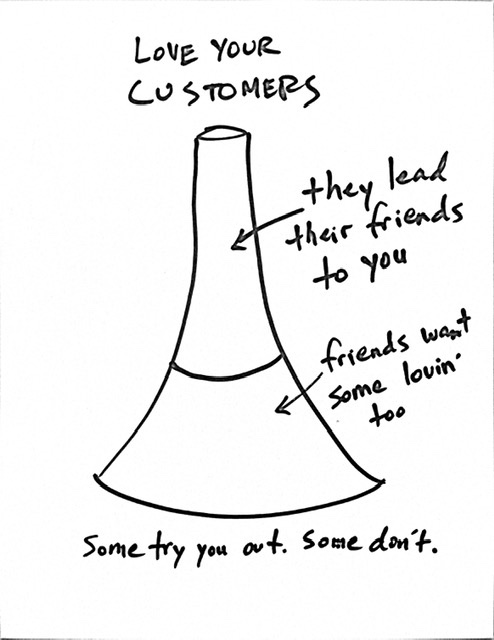This bit an interview with the founder of the ecommerce checkout system Fast:
Most of what people have predicted with cryptocurrency hasn’t happened. They’ve identified the right problems – payments need to be easier, identification needs to be better, we need to remove friction – but cryptocurrency isn’t the right technology for that. Part of the reason is the solution needs to be formed within the sphere of existing regulations and government identification.
It’s a strikingly different take and it’s articulated clearly what I have felt for so long. Blockchain-based alternatives to existing regulated use cases will have to fight a series of uphill battles to get traction. With regulators and governments, as the founder Allison points out. With entrenched interests and incumbents, and their vendors/suppliers. And with customers, who’re used to known processes and norms.
This is why tokenized real estate offered as investment has not taken off. Ditto with tokenized financial instruments such as ETFs. Or KYC on-the-blockchain. Or why Facebook’s Libra is highly unlikely to make it in its original avataar. All are great ideas, but there are too many entities that militate against them.
However. There are other problems that have no good solution today. Online trust is a problem that, as Facebook’s story has shown, is far too valuable to place in the hands of a single entity. Just yesterday we saw how in the news media, new institutions may emerge that become custodians of online reputation. Of brokering trustless relationships between source and publisher, between producer and writer.
DLT is also uniquely suited to solve issues with non-repudiation. Some weeks ago a consultant had reached out asking about a potential blockhain-based solution to problems of data access within a client company. It turned out that the problem was one of non-repudiation, and I suggested a fairly simple framework around an existing workflow that could have used either private or public blockchain (explaining the pros and cons of each). It was simple precisely because non-repudiation is inherent to DLT.
I also see provenance, or similar problems in supply chains, as an opportunity where the value of DLT hasn’t yet been captured by an company. This is not for lack of trying; it’s just very hard for all participants in a supply chain to sign up for it, both technically and because it disrupts special interests. It’s likely it’ll take off in a relatively self-contained subsection of a supply chain, and expand from there outwards. Perhaps it’ll even be this trial that the port of Rotterdam recently kicked off.
DLT – real world crypto – is a paradigm shift in the truest sense of that overused term. For instance solutions to the problem of online identity have so far tried to create improved versions of physical-world implementations, but because DLT makes possible trustless transactions, if obviates the need for verifiable identity itself for many use cases.
The killer app for Blockchain isn’t going to be an app that has killed before.

